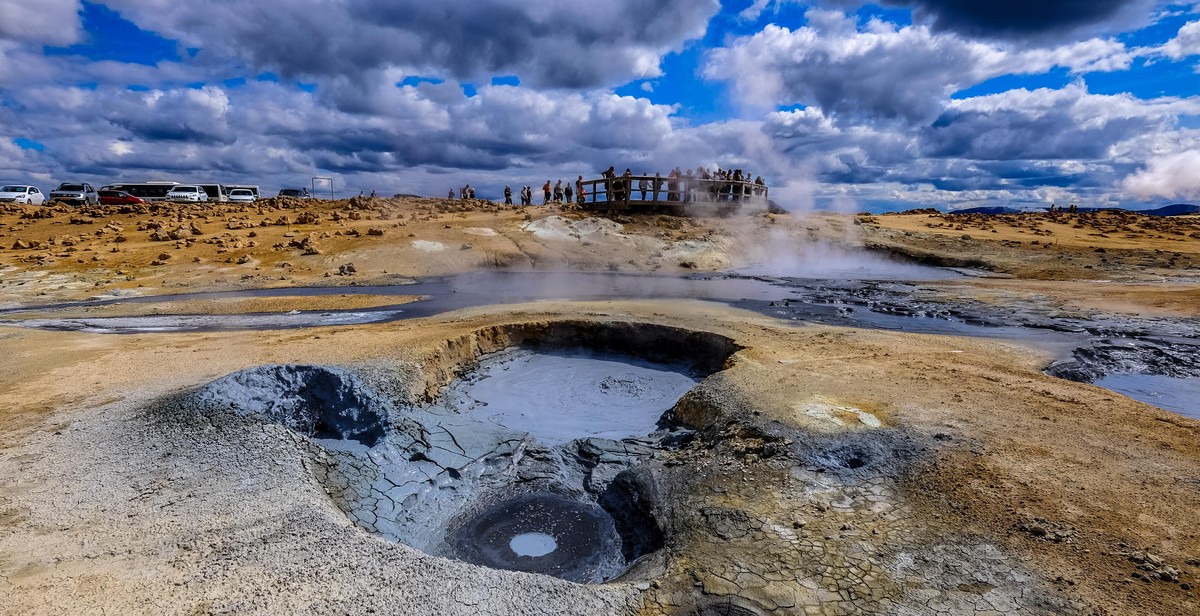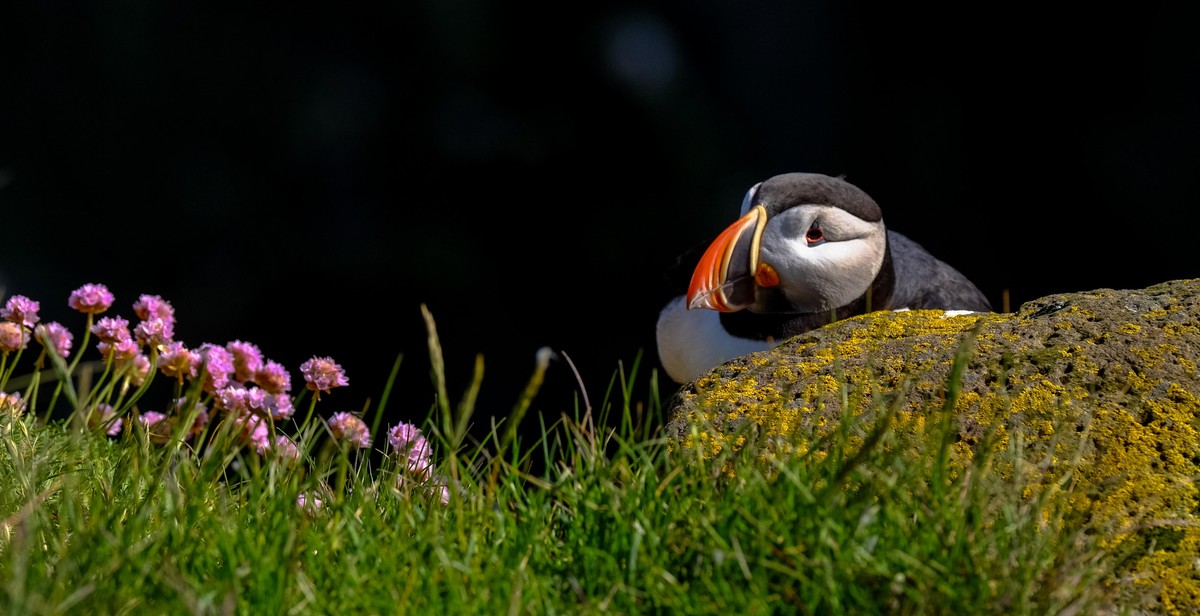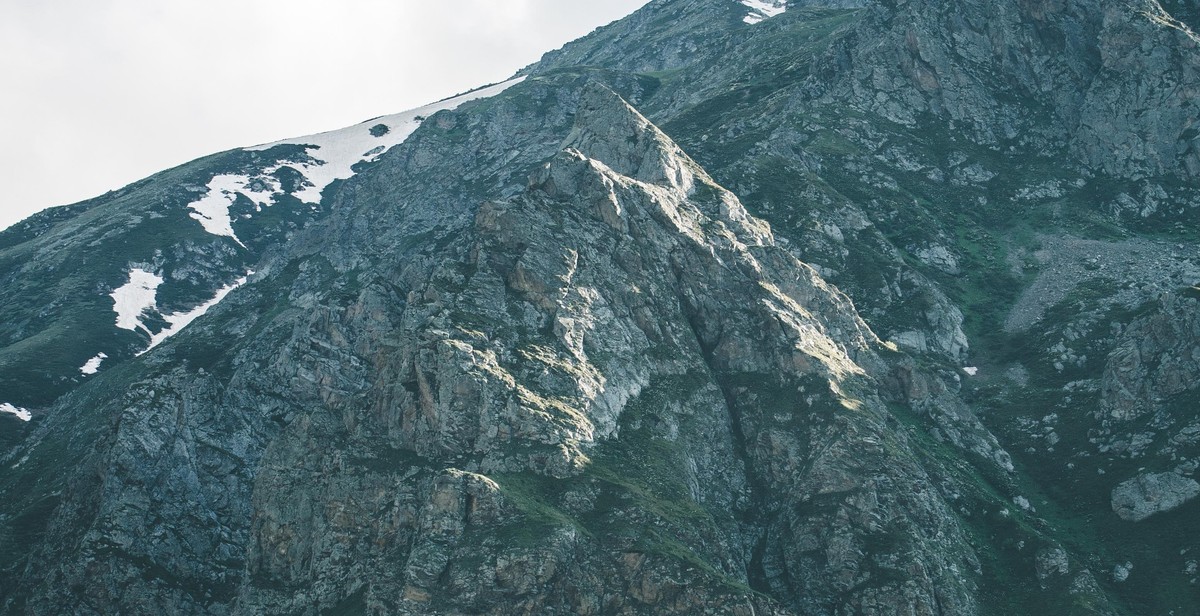How to Use Volcanic Rocks for Landscaping: Incorporating Lava Rocks and Pumice into Garden Designs
Landscaping is an art that requires creativity, patience, and knowledge of different materials. One such material that has gained popularity in recent times is volcanic rocks, specifically lava rocks and pumice. These rocks have been used for centuries in construction, but their unique properties make them an excellent choice for landscaping designs.
In this article, I will share my personal experience and expertise in using volcanic rocks for landscaping. I will cover the benefits of using lava rocks and pumice, the different types of volcanic rocks available, and how to incorporate them into your garden designs. From creating garden paths to rock gardens and water features, volcanic rocks can add a unique touch to your outdoor space.
The Benefits of Using Volcanic Rocks for Landscaping
- Lightweight and easy to work with
- Durable and long-lasting
- Naturally porous, allowing for better drainage
- Retains moisture, making it ideal for plants and gardens in hot climates
- Low-maintenance and resistant to weathering
The Different Types of Volcanic Rocks
There are several types of volcanic rocks available, each with its own unique properties:
| Lava Rocks | Pumice |
|---|---|
| Formed from solidified lava and available in a range of colors | Lightweight and porous, making it ideal for plant growth |
| Retains heat, making it ideal for use in fire pits and outdoor cooking | Naturally occurring in shades of white, gray, and black |

What are Volcanic Rocks?
Volcanic rocks are igneous rocks that are formed from molten lava and ash ejected from a volcano during a volcanic eruption. These rocks are formed when magma cools and solidifies either on the surface of the earth or beneath it. Volcanic rocks are found in various parts of the world and are used for various purposes, including landscaping.
Formation of Volcanic Rocks
Volcanic rocks are formed when molten lava and ash are ejected from a volcano during a volcanic eruption. The molten lava and ash cool and solidify either on the surface of the earth or beneath it, forming volcanic rocks. The cooling rate of the molten lava and ash determines the texture and composition of the volcanic rock. Slow cooling results in large crystals, while rapid cooling results in small crystals.
Types of Volcanic Rocks
There are many types of volcanic rocks, including basalt, andesite, rhyolite, obsidian, and pumice. Basalt is a dark-colored volcanic rock that is formed from the solidification of lava flows. Andesite is a gray to black volcanic rock that is formed from the solidification of lava flows. Rhyolite is a light-colored volcanic rock that is formed from the solidification of lava flows. Obsidian is a black volcanic glass that is formed from the rapid cooling of lava. Pumice is a light-colored volcanic rock that is formed from the solidification of frothy volcanic glass.
Properties of Volcanic Rocks
Volcanic rocks have various properties that make them useful for landscaping. They are lightweight, porous, and durable. They do not decompose or rot, making them ideal for outdoor use. Volcanic rocks are also resistant to weathering and erosion, making them ideal for use in areas that experience harsh weather conditions. They are also fire-resistant, making them ideal for use in areas that are prone to wildfires.
| Property | Description |
|---|---|
| Lightweight | Volcanic rocks are lightweight and easy to transport and install. |
| Porous | Volcanic rocks are porous and allow water to drain through them, making them ideal for use in areas that experience heavy rainfall. |
| Durable | Volcanic rocks are durable and can withstand harsh weather conditions and heavy foot traffic. |
| Non-decomposable | Volcanic rocks do not decompose or rot, making them ideal for outdoor use. |
| Fire-resistant | Volcanic rocks are fire-resistant, making them ideal for use in areas that are prone to wildfires. |

Using Volcanic Rocks for Landscaping
Volcanic rocks have been used for landscaping for centuries due to their unique properties and benefits. These rocks are formed from volcanic eruptions and are available in various shapes and sizes. Incorporating these rocks into your garden design can create an eye-catching and natural-looking landscape. Here are some benefits and ways to use volcanic rocks for landscaping.
Benefits of Using Volcanic Rocks for Landscaping
One of the main benefits of using volcanic rocks for landscaping is their durability. These rocks are resistant to weathering, erosion, and fading, making them a long-lasting option for your garden design. Additionally, volcanic rocks are low maintenance and require minimal care and upkeep.
Another benefit of using volcanic rocks is their ability to retain moisture. These rocks are porous, allowing them to absorb and retain water, which can be beneficial for plants and soil in your garden.
Volcanic rocks also have a unique aesthetic appeal. They come in various colors and shapes, ranging from black and gray to red and orange, making them a versatile option for any garden design.
Incorporating Lava Rocks into Garden Designs
Lava rocks are a popular choice for landscaping due to their unique texture and color. These rocks are formed from molten lava and are available in various sizes and shapes.
One way to incorporate lava rocks into your garden design is by using them as a ground cover. These rocks can be spread out over the soil to create a natural-looking landscape. Lava rocks can also be used as a border around plants or to create a pathway in your garden.
Another way to use lava rocks is by creating a rock garden. These rocks can be arranged in different shapes and sizes to create an aesthetically pleasing design. Lava rocks can also be used to create a focal point in your garden, such as a waterfall or fountain.
Incorporating Pumice into Garden Designs
Pumice is a lightweight volcanic rock that is formed from lava and water. This rock is porous and has excellent drainage properties, making it an ideal option for garden designs that require good drainage.
One way to incorporate pumice into your garden design is by using it as a soil amendment. Pumice can be mixed into the soil to improve drainage and aeration, which can be beneficial for plant growth.
Pumice can also be used as a mulch in your garden. This rock can be spread out over the soil to help retain moisture and regulate soil temperature. Additionally, pumice can be used as a decorative element in your garden, such as in a rock garden or as a pathway.
| Criteria | Lava Rocks | Pumice |
|---|---|---|
| Durability | High | High |
| Water Retention | Low | High |
| Drainage | Low | High |
| Weight | Heavy | Light |
Overall, using volcanic rocks for landscaping can provide numerous benefits, from their durability and low maintenance to their unique aesthetic appeal. Incorporating lava rocks and pumice into your garden design can create a natural-looking landscape that is both beautiful and functional.

Tips for Using Volcanic Rocks in Landscaping
Volcanic rocks, such as lava rocks and pumice, are a great addition to any garden or landscaping project. They can add texture, color, and interest to your yard. Here are some tips for using volcanic rocks in your landscaping:
Choosing the Right Volcanic Rock for Your Garden
When choosing volcanic rocks for your garden, consider the size, color, and texture of the rocks. Lava rocks are typically dark in color and have a rough texture, while pumice is lighter in color and has a porous texture. Consider the overall design of your garden and choose rocks that will complement it. If you have a desert-themed garden, for example, lava rocks would be a great addition.
Placement and Arrangement
Once you have chosen your volcanic rocks, it’s time to consider placement and arrangement. Use larger rocks as focal points and smaller rocks to fill in gaps. Consider creating a rock garden or using the rocks to line a pathway. You can also use them to create a border around a flower bed or to create a natural-looking retaining wall. Play around with different arrangements until you find one that works for your garden.
Maintenance
Volcanic rocks require very little maintenance, which is one of the reasons they are so popular in landscaping. However, you should periodically remove any debris or dirt that has accumulated on the rocks. You can do this with a leaf blower or a broom. If you notice any weeds growing around the rocks, remove them by hand or with a weeding tool.
Conclusion
Incorporating volcanic rocks into your landscaping can add interest, texture, and color to your yard. By choosing the right rocks, placing them strategically, and maintaining them properly, you can create a beautiful and low-maintenance garden that will be the envy of your neighbors.

Conclusion
Using volcanic rocks for landscaping is a fantastic way to add natural beauty and unique texture to your outdoor space. Lava rocks and pumice are versatile materials that can be used in a variety of garden designs, from modern to rustic.
When incorporating volcanic rocks into your landscaping, it’s essential to consider the size, color, and placement of the stones. By selecting the right volcanic rocks, you can create a stunning garden that will impress your guests and provide a peaceful retreat for you and your family.
Remember to take precautions when handling lava rocks and pumice. Wear gloves and use caution when moving heavy stones to avoid injury. Additionally, be mindful of the potential for sharp edges and uneven surfaces that could pose a tripping hazard.
Overall, volcanic rocks are an excellent choice for adding a unique touch to your garden. Whether you’re looking to create a focal point or add some texture to your landscape, incorporating lava rocks and pumice is an excellent way to achieve your design goals.
So why not try incorporating volcanic rocks into your next landscaping project? With their unique texture and natural beauty, they’re sure to make a lasting impression.
